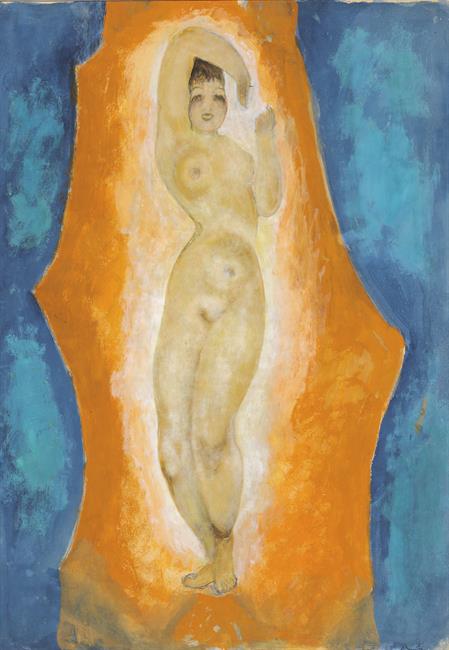 Dancer
around 1919
Dancer
around 1919
Alfons Walde
Oberndorf 1891 - 1958 KitzbühelFrom 1910 to 1914 Walde studied architecture at the Technische Hochschule in Vienna. He moved in artistic circles that included Albin Egger – Lienz, Egon Schiele and Gustav Klimt. Ferdinand Hodler also influenced the young artist. In 1911 he had his first exhibition in Innsbruck, in 1913 he was already represented with four farm paintings at the exhibition of Vienna's Secession. From 1914 to 1917 he actively participated as a Tyrolean Kaiserschütze in the high mountain battles of World War I. Afterwards, he continued his studies at the Technische Hochschule in Vienna, but soon returned to Kitzbühel. In Kitzbühel he fully devoted himself to painting and participated in exhibitions of the Secession and the Wiener Künstlerhaus again in the 1920s. Around 1928 he finally found his own characteristic style that expressilvely rendered the idyllic Tyrolean mountain scenery - particularly the lively winter landscapes - and its robust people through the use of highly reduced drawings and a pastose colouring. In 1955 Walde was awarded the title of professor of the Vienna Academy as a late official recognition of his hugely important artistic work. The artist died in Kitzbühel in 1958. As a painter, architect, graphic artist and publisher, Alfons Walde formed the bedrock of Tyrolean art of the first half of the 20th century.
-
Dancer around 1919
Dancer early 1920s
Sleeping Woman around 1919
Nude from the Back with Cloth around 1945
Nude from the Back with Headdress around 1945
On the Beach with Parasol around 1925
Girl Nude around 1919
Nude from the Back with Half Stockings around 1919
-
Reclining Nude with Red Mouth around 1919
The Sleep in the Sun around 1925
Love Round around 1919
Woodworker around 1932
Farmhouse around 1935
Houses around 1938
Peasant with Bouquet of Flowers around 1936
Evening Atmosphere around 1922
-
Tyrolean Farmers 1920
Nude with Updone Hair around 1950
Peasant's Sunday around 1922
Varieté in Blue Shades around 1925
Schwarzsee around 1920
The Three Graces around 1919
Autumn Landscape around 1920
Glamorous Lady 1920-25
-
Kaiser Mountains 1925
Horse-Drawn Sleigh around 1919
Plowman-Mountain in Springtime around 1930
Winter Landscape in March around 1923
Tyrolean Landscape around 1925
Skier in the Sunshine around 1925
Standing Nude with Lascvisious Gaze and Pearl Necklace around 1925
"Almen und Gletscher" around 1930

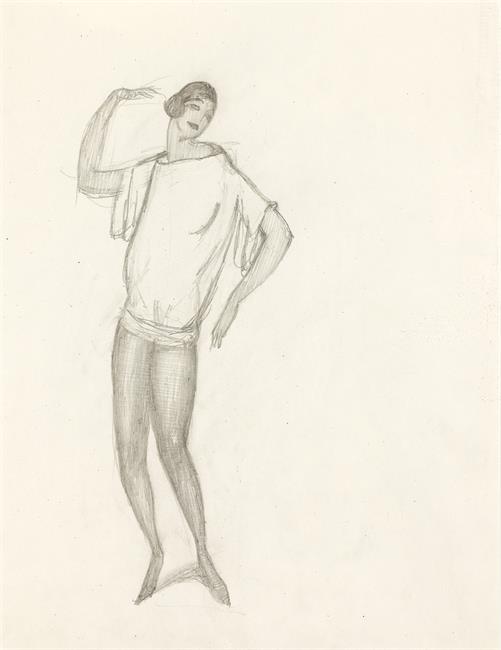 Dancer
early 1920s
Dancer
early 1920s
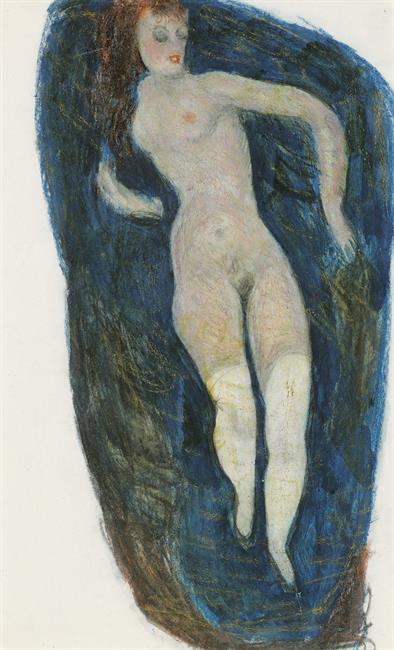 Sleeping Woman
around 1919
Sleeping Woman
around 1919
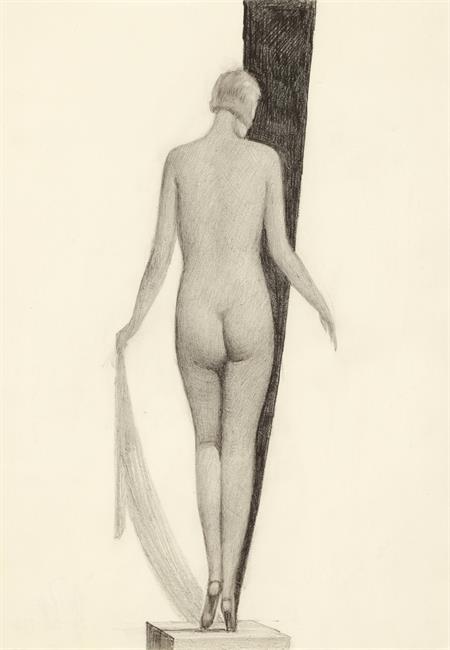 Nude from the Back with Cloth
around 1945
Nude from the Back with Cloth
around 1945
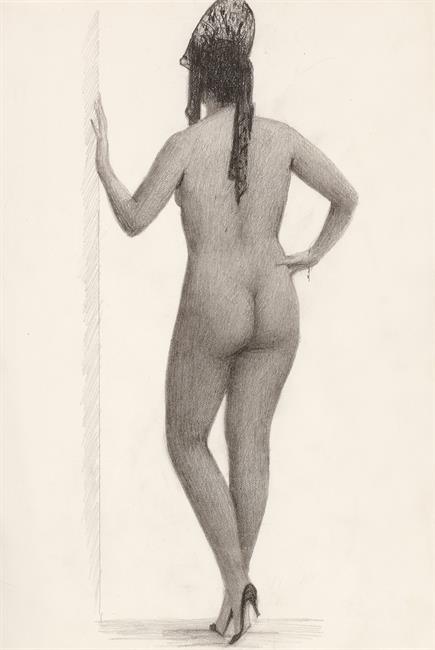 Nude from the Back with Headdress
around 1945
Nude from the Back with Headdress
around 1945
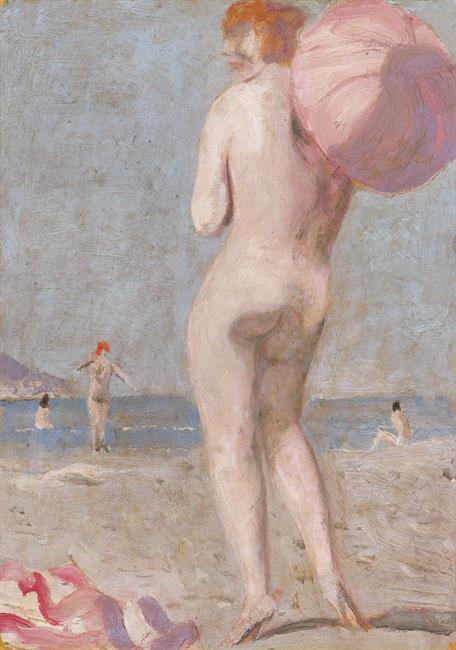 On the Beach with Parasol
around 1925
On the Beach with Parasol
around 1925
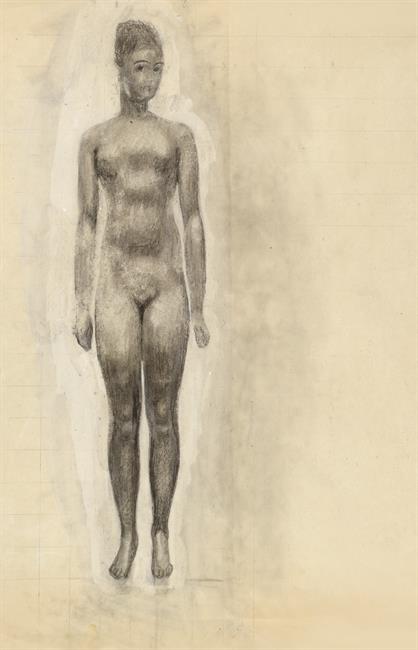 Girl Nude
around 1919
Girl Nude
around 1919
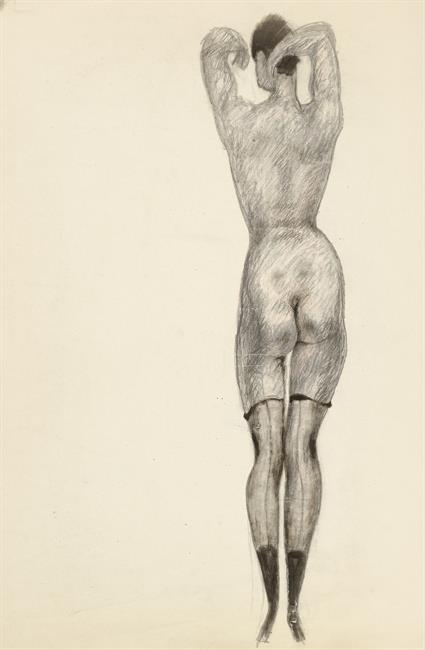 Nude from the Back with Half Stockings
around 1919
Nude from the Back with Half Stockings
around 1919
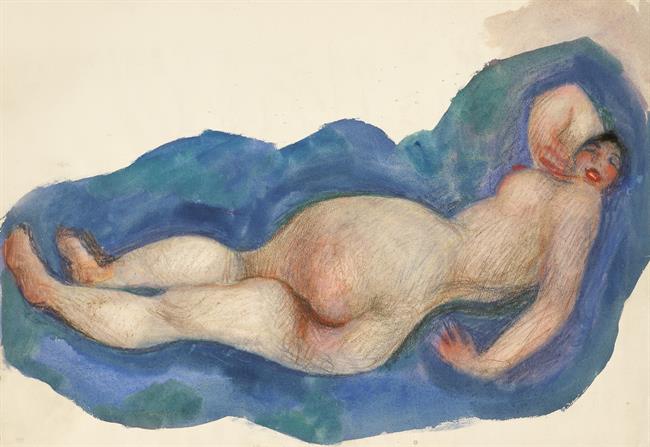 Reclining Nude with Red Mouth
around 1919
Reclining Nude with Red Mouth
around 1919
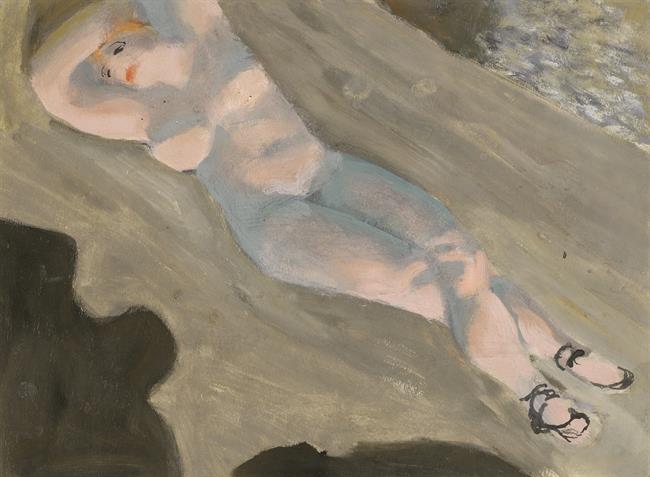 The Sleep in the Sun
around 1925
The Sleep in the Sun
around 1925
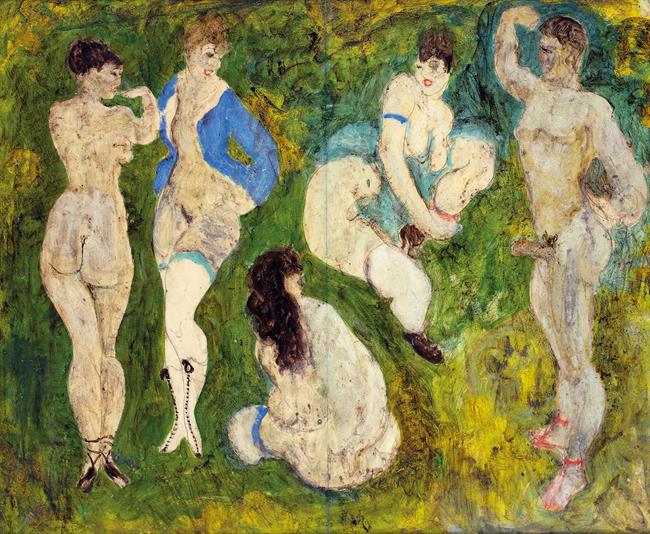 Love Round
around 1919
Love Round
around 1919
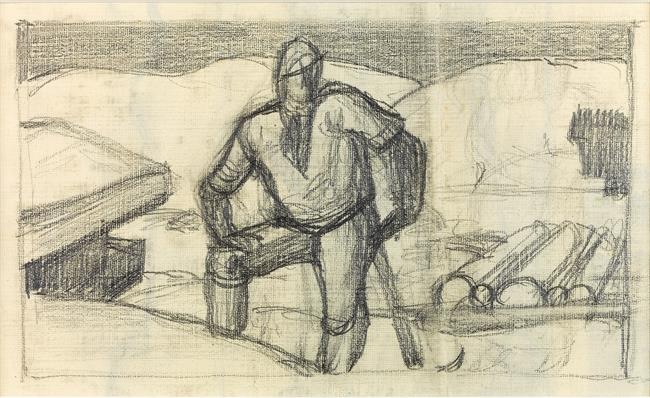 Woodworker
around 1932
Woodworker
around 1932
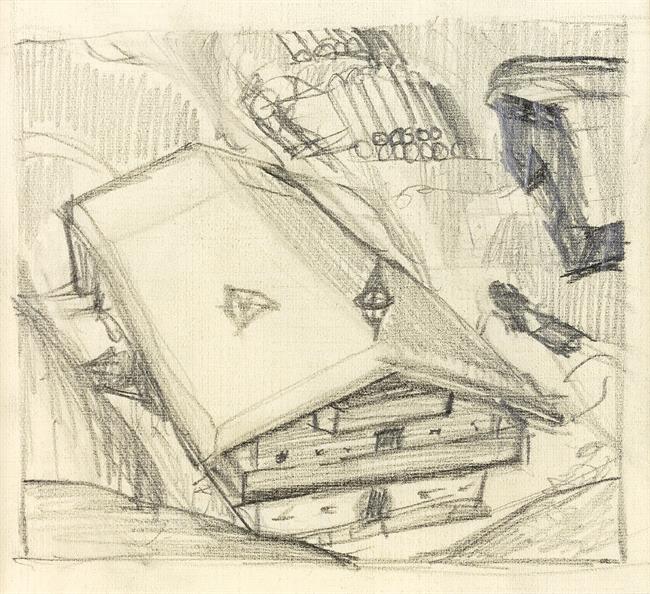 Farmhouse
around 1935
Farmhouse
around 1935
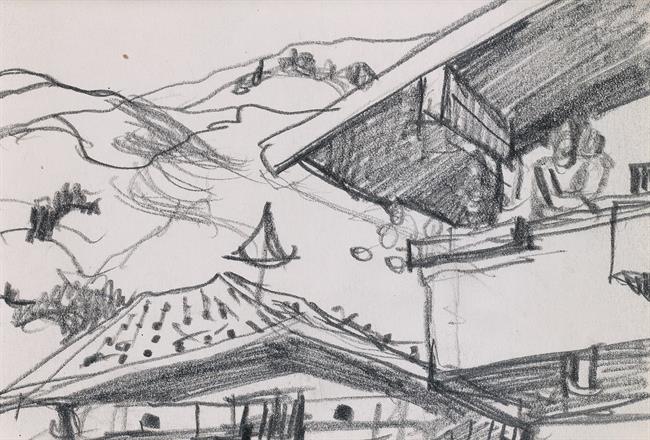 Houses
around 1938
Houses
around 1938
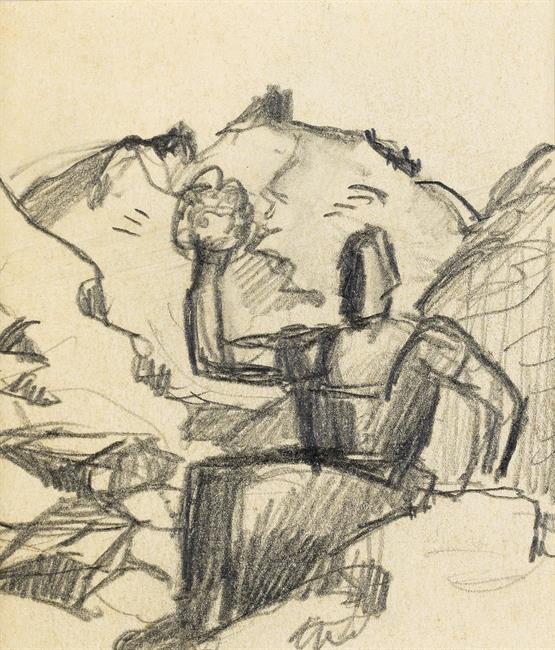 Peasant with Bouquet of Flowers
around 1936
Peasant with Bouquet of Flowers
around 1936
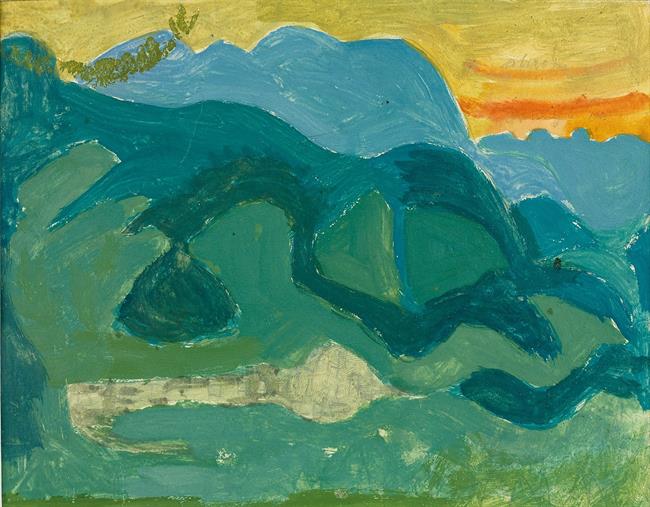 Evening Atmosphere
around 1922
Evening Atmosphere
around 1922
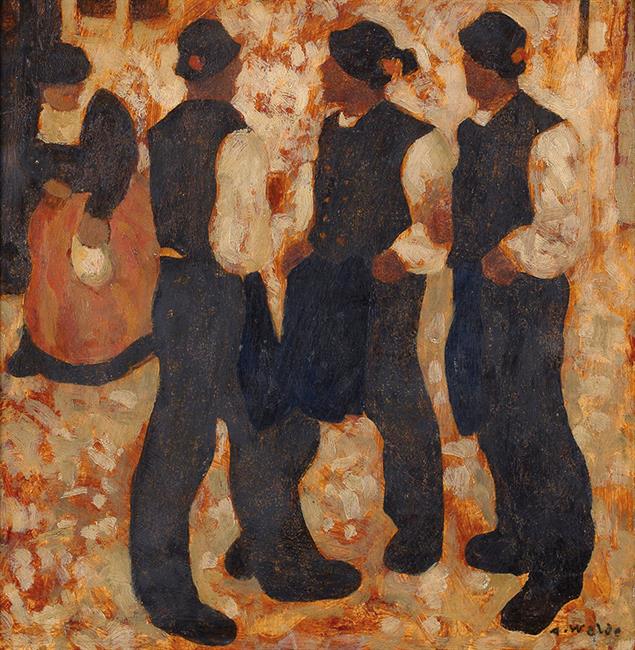 Tyrolean Farmers
1920
Tyrolean Farmers
1920
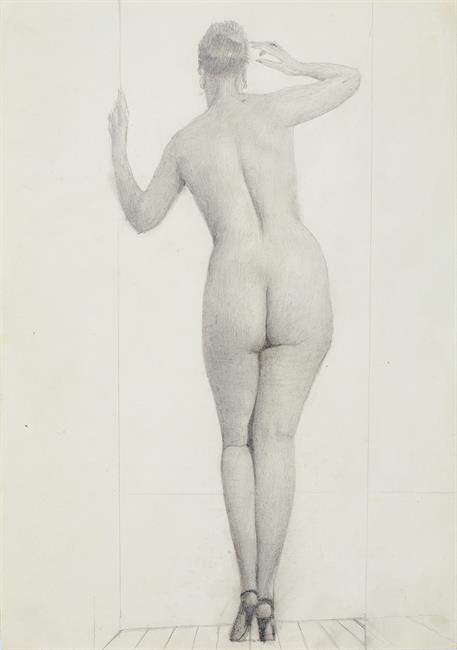 Nude with Updone Hair
around 1950
Nude with Updone Hair
around 1950
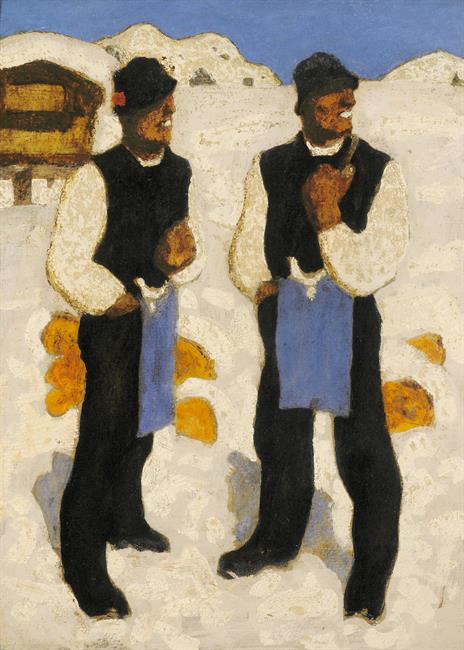 Peasant's Sunday
around 1922
Peasant's Sunday
around 1922
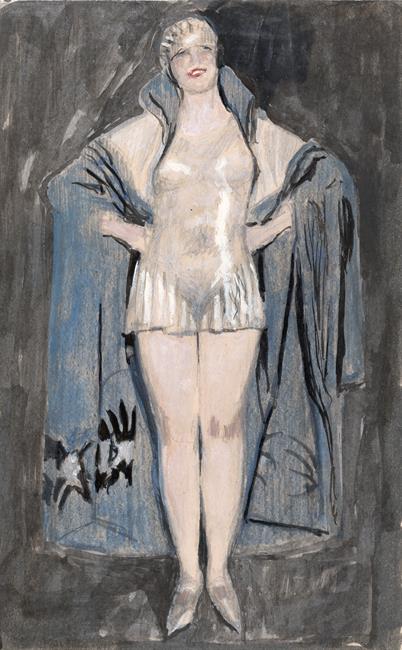 Varieté in Blue Shades
around 1925
Varieté in Blue Shades
around 1925
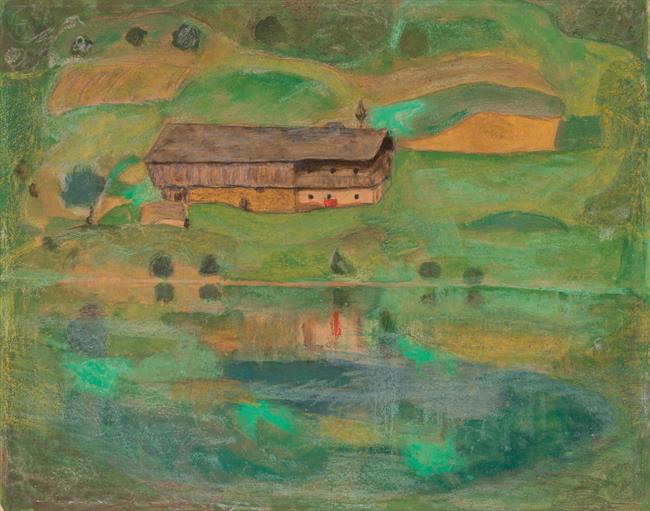 Schwarzsee
around 1920
Schwarzsee
around 1920
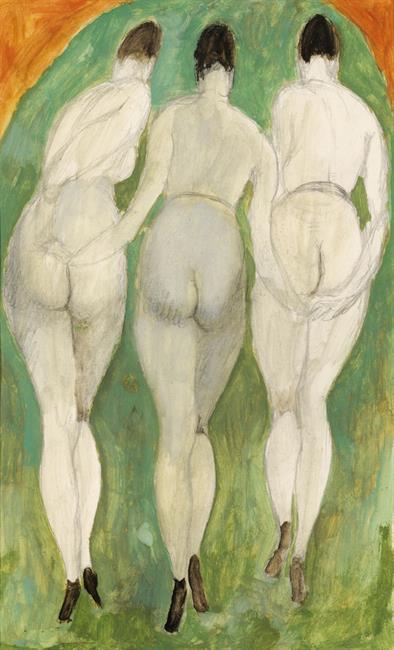 The Three Graces
around 1919
The Three Graces
around 1919
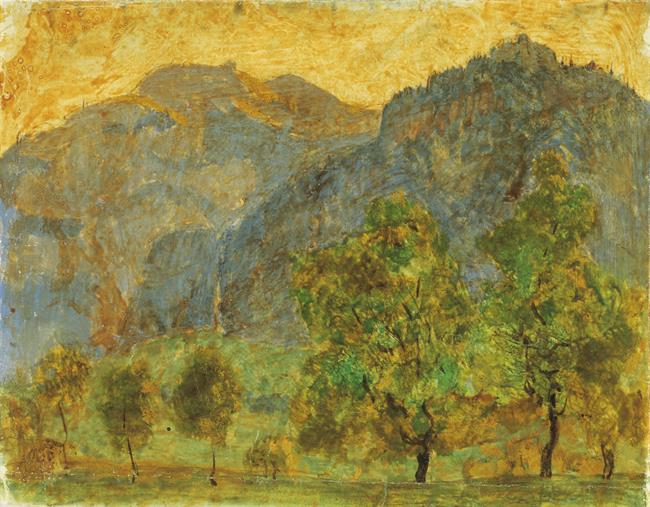 Autumn Landscape
around 1920
Autumn Landscape
around 1920
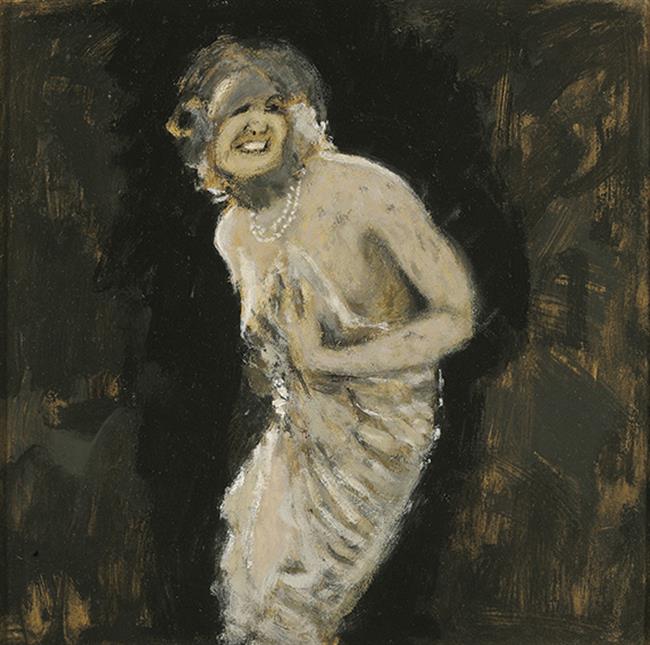 Glamorous Lady
1920-25
Glamorous Lady
1920-25
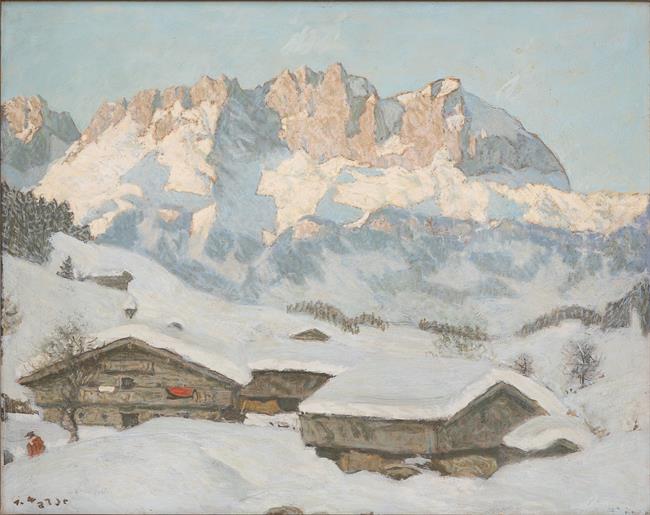 Kaiser Mountains
1925
Kaiser Mountains
1925
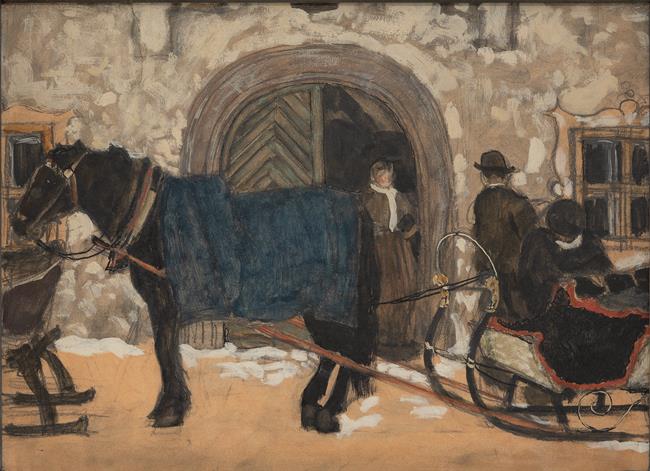 Horse-Drawn Sleigh
around 1919
Horse-Drawn Sleigh
around 1919
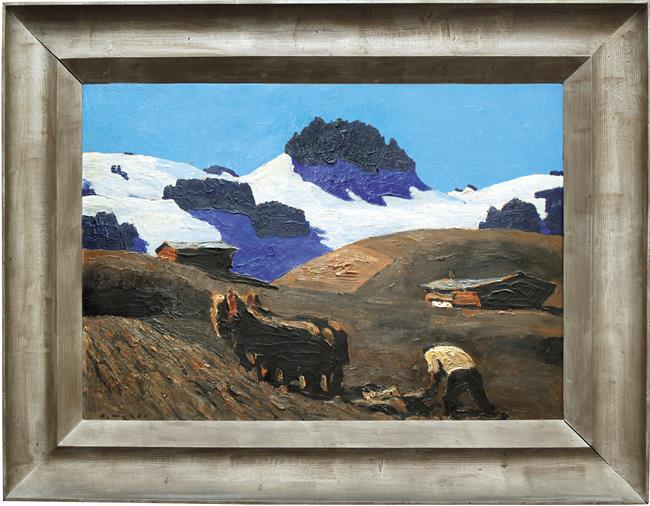 Plowman-Mountain in Springtime
around 1930
Plowman-Mountain in Springtime
around 1930
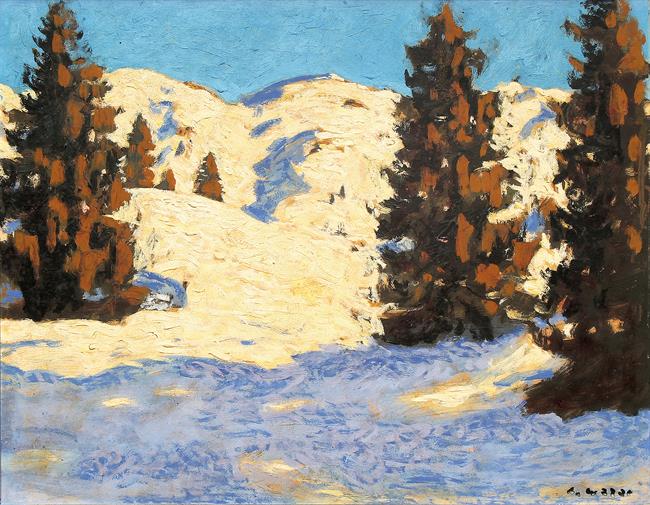 Winter Landscape in March
around 1923
Winter Landscape in March
around 1923
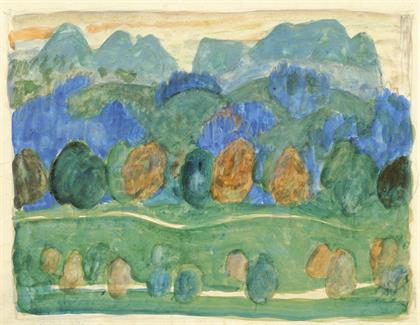 Tyrolean Landscape
around 1925
Tyrolean Landscape
around 1925
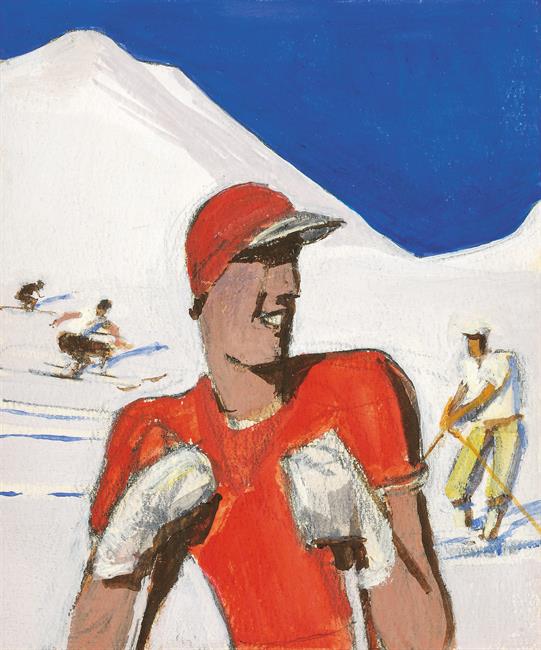 Skier in the Sunshine
around 1925
Skier in the Sunshine
around 1925
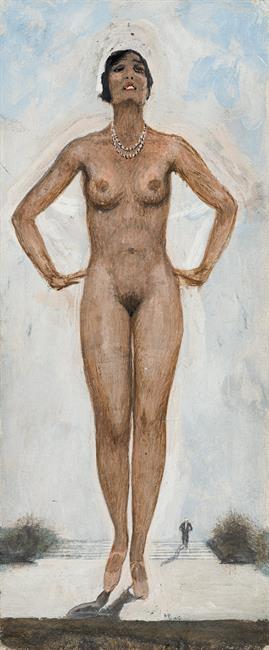 Standing Nude with Lascvisious Gaze and Pearl Necklace
around 1925
Standing Nude with Lascvisious Gaze and Pearl Necklace
around 1925
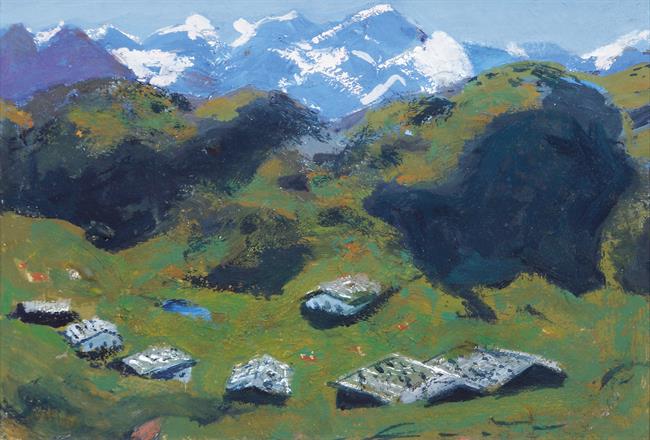 "Almen und Gletscher"
around 1930
"Almen und Gletscher"
around 1930